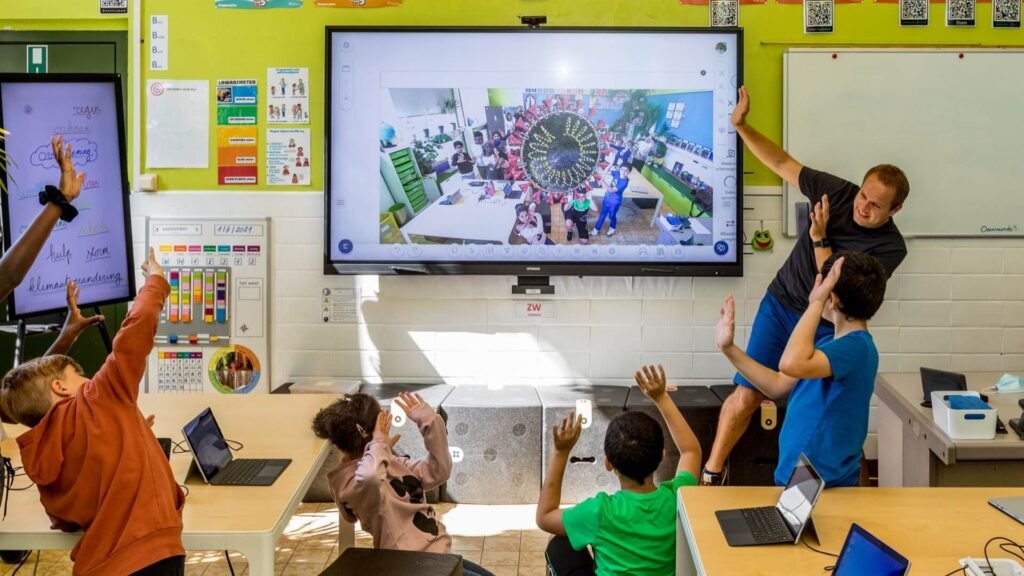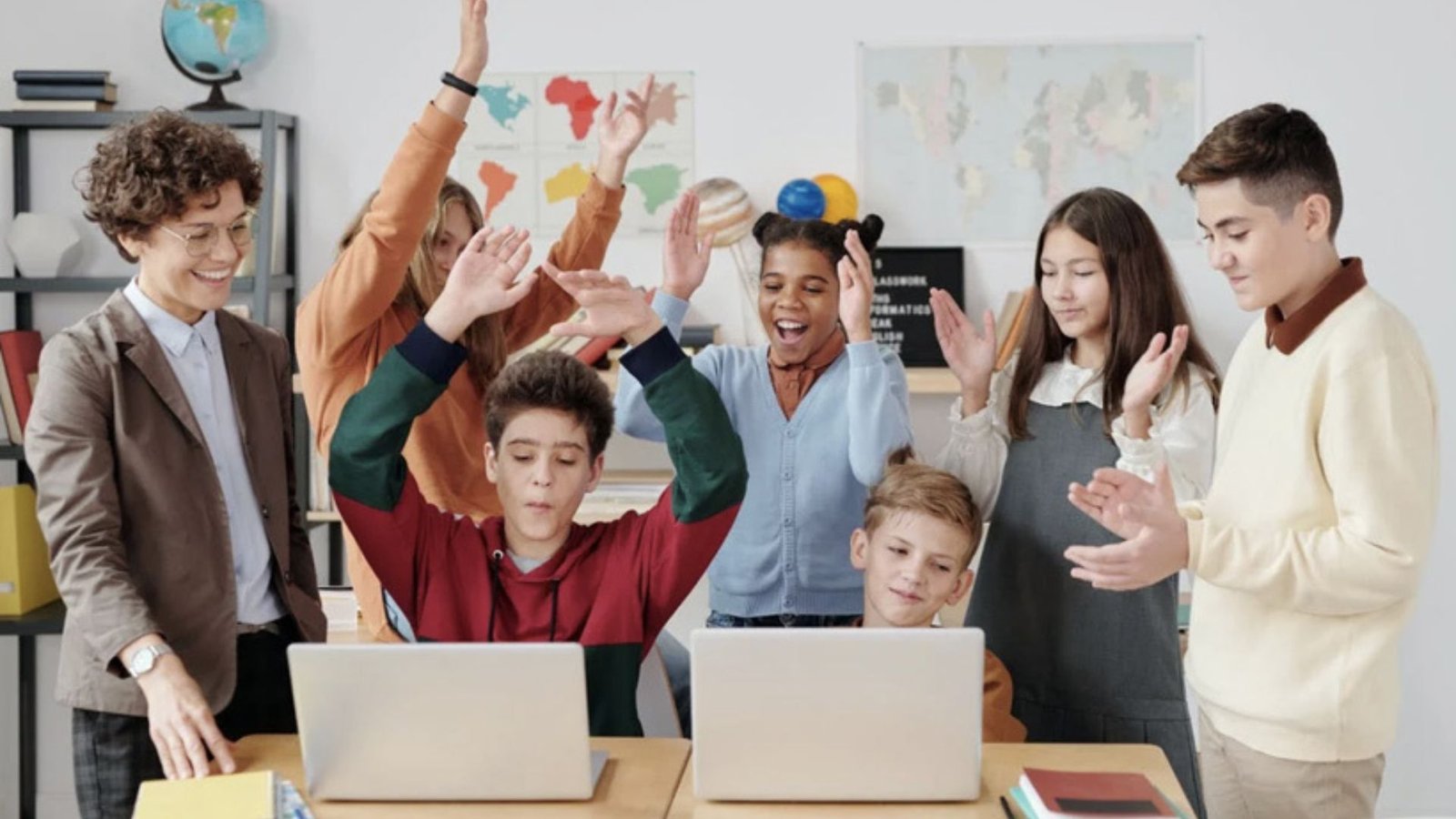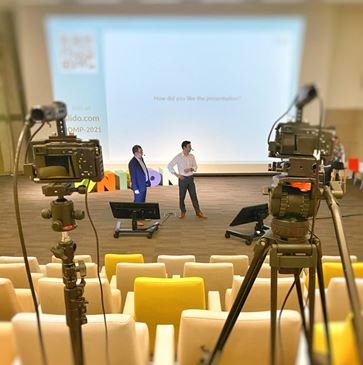Incorporating multimedia into educational settings can significantly enhance learning and engagement. Whether it’s video, audio, or interactive elements, multimedia helps simplify complex concepts and makes learning more engaging. When properly applied, these tools can improve understanding, retention, and participation. In this article, we’ll share the best practices for using multimedia in educational settings to get the most out of these resources.
Why Using Multimedia in Educational Settings is Important
Using multimedia in educational settings is an effective way to make lessons more dynamic. Instead of relying solely on traditional teaching methods, such as textbooks and lectures, multimedia tools like videos, images, and interactive content keep students interested and help explain difficult subjects. The key is to integrate multimedia thoughtfully to complement the curriculum, not replace traditional methods altogether. By doing so, students can grasp ideas more easily and remember them longer.

Incorporate Different Media Types
One of the best practices for using multimedia in educational settings is to include a variety of media types. Different students learn in different ways, so using only one type of media may not be effective for everyone. You should use videos to visually demonstrate concepts, audio for explanations, and images for visual support. The goal is to cater to multiple learning styles, ensuring that all students have access to the resources they need to succeed.
Keep Content Relevant and Focused
When using multimedia in educational settings, it’s essential to keep the content relevant and focused on the learning objectives. Sometimes, multimedia can be overwhelming if too much information is packed into one resource. Make sure that every video, image, or audio clip directly supports the lesson you’re teaching. By focusing on key concepts, you’ll avoid overloading students with unnecessary information and keep their attention on the subject at hand.
Use Multimedia to Enhance, Not Replace
It’s tempting to rely solely on multimedia when teaching because it can seem more engaging. However, it’s important to remember that multimedia should enhance traditional teaching methods, not replace them. Combining multimedia with hands-on activities, discussions, and traditional instruction creates a balanced approach. Multimedia is most effective when used as a supplement that adds value to lessons, not as the sole teaching method.
Ensure Accessibility for All Students
Another critical practice when using multimedia in educational settings is ensuring that the content is accessible to all students. Not every student will be able to hear audio clearly or watch videos without subtitles, so it’s essential to provide alternative formats. Always include captions for videos, transcripts for audio, and ensure that any interactive content can be navigated using a keyboard. This ensures that no student is left behind due to accessibility issues.
Encourage Student Interaction
In educational settings, student engagement is key to effective learning. Multimedia offers an excellent opportunity for interactivity, such as quizzes, discussions, or interactive lessons. Allowing students to actively participate with the multimedia content helps reinforce what they’ve learned and gives them immediate feedback. By promoting interaction, you turn passive learning into an active experience, which is far more engaging for students.
Limit Multimedia Length
Long videos or presentations can cause students to lose focus. A best practice for using multimedia in educational settings is to keep the content short and to the point. Break up long explanations into smaller, manageable segments that are easier for students to digest. This allows them to process the information more effectively and keeps their attention throughout the lesson.
Provide Clear Instructions
When using multimedia in your lessons, always provide clear instructions. Students need to know what to do with the content—whether they’re expected to take notes, answer questions, or discuss the material afterward. Clear guidelines ensure that students stay on track and understand how the multimedia resources fit into their learning process.
Evaluate the Effectiveness of Multimedia
It’s also important to regularly evaluate how well multimedia is working in your educational settings. Ask students for feedback on the materials and assess their understanding of the lessons. Are they retaining the information better with multimedia? Are there areas where they feel more or less engaged? Adjust your multimedia usage based on this feedback to continuously improve its effectiveness.
Ensure High-Quality Content
Finally, always use high-quality content when implementing multimedia in educational settings. Low-resolution videos or poorly edited audio can distract from the learning process and even frustrate students. Make sure the content is clear, professional, and easy to understand. High-quality multimedia enhances the overall learning experience and shows that you value the content you’re presenting to your students.
Conclusion
Using multimedia in educational settings can transform the learning experience, making it more engaging, dynamic, and accessible. By following these best practices, such as incorporating different media types, ensuring accessibility, and keeping content focused, you’ll ensure that multimedia enhances, rather than overwhelms, the learning process. When used effectively, multimedia can significantly improve student understanding and retention, leading to a richer, more rewarding educational experience.











